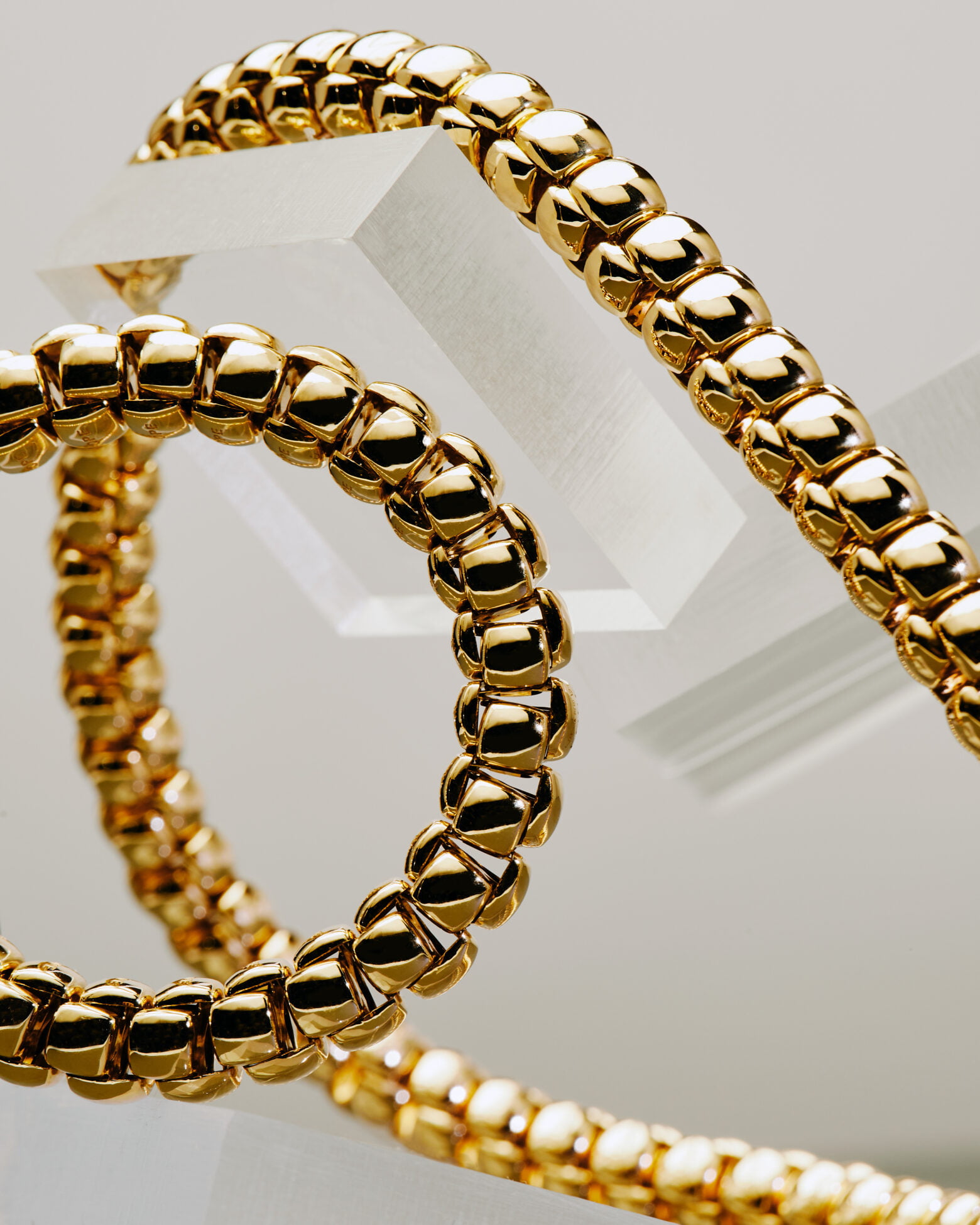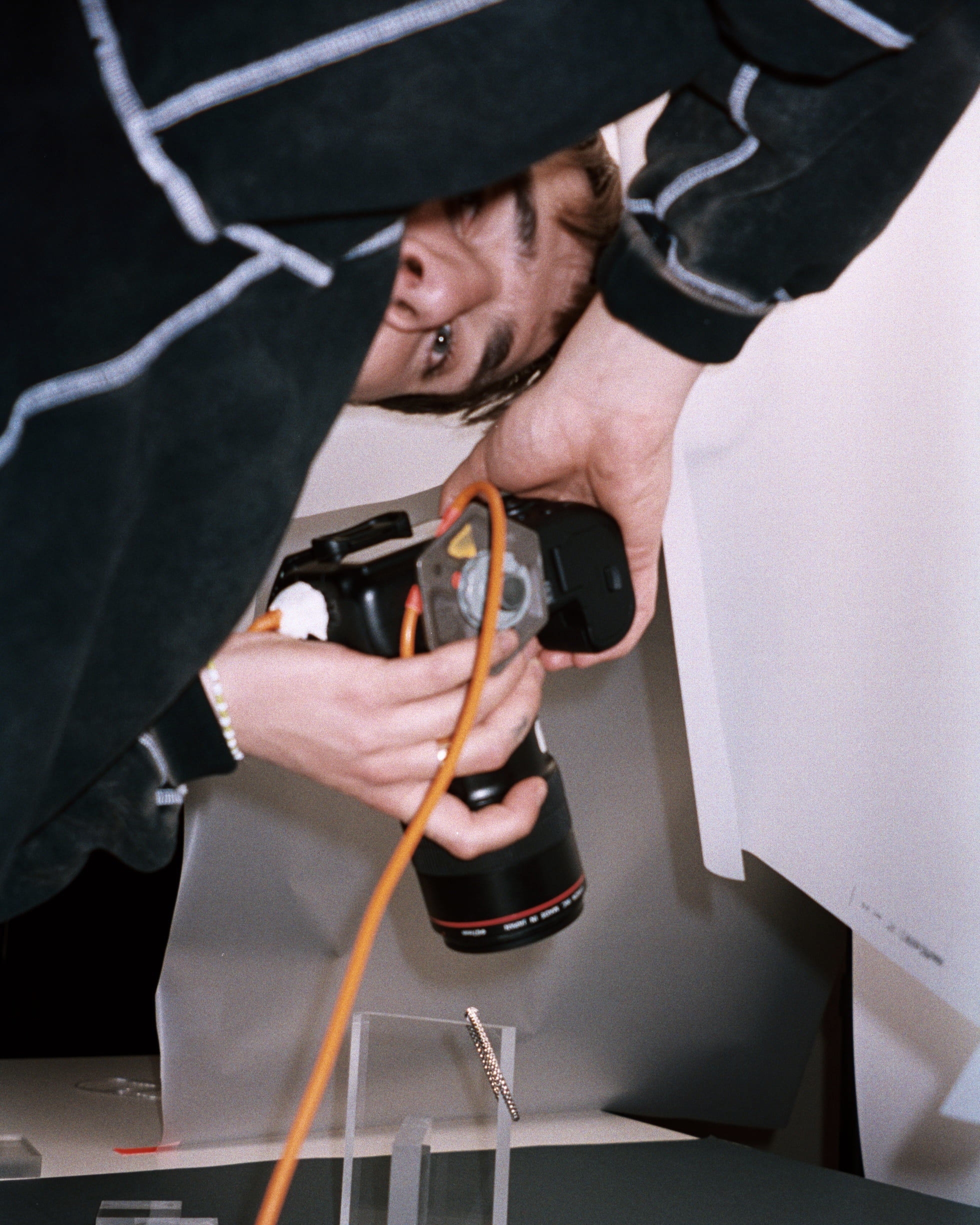SELECTED FOR YOU
CATEGORIES
COLLECTIONS














FOPElab is a series proposed for the first time in 2021, offering an original format that explores contemporary visual culture. It is a conversation between the brand and young talents in photography and the visual arts, called upon to interpret FOPE and pushing conversations beyond jewellery. In the first chapter of 2023, the jewels are documented in an atmosphere suspended between the real and the virtual: technological research, which has always been part of FOPE’s history, takes on even more experimental and contemporary interpretations. Pietro Bucciarelli documents FOPE jewellery with a language characterised by sharp contrasts and ethereal compositions, which explore the Flex’it meshes in unprecedented ways. Comfort and flexibility, heritage and innovation , analogue and digital: the photographic project investigates opposing themes to identify their boundaries and intersections.

I think that this innovative way of thinking about jewellery was the result of a very bold choice, which goes beyond stereotypes to build an unprecedented experience.
PB: Touching and holding in hand a piece of FOPE jewellery was a unique experience which let me to perceive personally the technology behind the brand. This is an extremely important factor from the point of view of both recognisability and quality, two aspects which take a long time to build up. The jewellery I have experience of is the old-fashioned kind, precious because it is heavy, usually uncomfortable; or the kind you wear in a carefree manner, less precious, sometimes bought at a flea market. With FOPE, on the other hand, you find yourself holding an extremely comfortable, supple, very recognisable object.
PB: I cannot portray with a smartphone and I consider it a wrong medium for my practice, as I always need to be in full control of the shot, exposure, depth of field and movement. When I shoot with larger format films, the subject usually has a large footprint and there is a direct, physical dialogue with it. The long-time frames, the need to analyse the shot thoroughly before taking it, oblige a relationship with the subject and the context to be portrayed. The individual and the landscape merge. Photography puts everything and everyone on the same level.
Having full control of both the scene and the medium I use is fundamental and that is why I prefer shooting on film. It is not an aesthetic question: it has more to do with a desire for slowness. Times become more intimate and extended. Moreover, analogue shots are limited, expensive and their success is highly dependent on human control over the process and technology, which makes them valuable. I prefer simple cameras to the latest devices, cameras without superfluous features. The basis of photography is light, captured through a hole in a calculated time interval. It is much simpler than you think: it is all in the construction and planning phase.
Photography puts everything and everyone on the same level.
PB: We tried to create an environment that did not give a spatial dimension, but on the contrary was ethereal and suspended, juxtaposing images created with the more elaborate transparent plates. Center stage went to the general composition of the scene, with those on flat backgrounds built with harder shadows on the jewel itself. This allowed us to show the shapes in a more legible way. For me, the scale of the subjects I photograph is crucial; therefore, I worked with a macro lens trying to make the image compact in the shot. The end result is powerful, showy and elegant.
PB: As a non-fan of the technological and the artificial, I believe in being able to touch objects and believe a thought. At the same time, however, it is nice to be able to imagine that the human intellect can be completely absent in some stages of creation. For example, I have been experimenting lately with playing with words and artificially generated images. I think AI has a lot to do with human desire and self-perception. A technology that omits and replaces human thought can also become dangerous: I think that is the only real risk.
Pietro Bucciarelli is an Italian photographer born in 1998. His visual research seeks to find aesthetically significant answers charged with different meanings. With his work, Pietro introduces objects and landscapes, shifting perspective slightly to generate an emotional response from the viewer. Pietro documents his surroundings and creates stories that include symbolic elements in relation to reality, enriching the image with additional layers of meaning. He currently lives and works in central Italy, in Serra San Quirico. Some of his works have been published in important magazines such as i-D, Perimetro, Yogurt Magazine, T-Mag, C41, FotoRoom, Decalogue magazine, Splash & Grab, L’essenziale Studio Journal, and Incf.